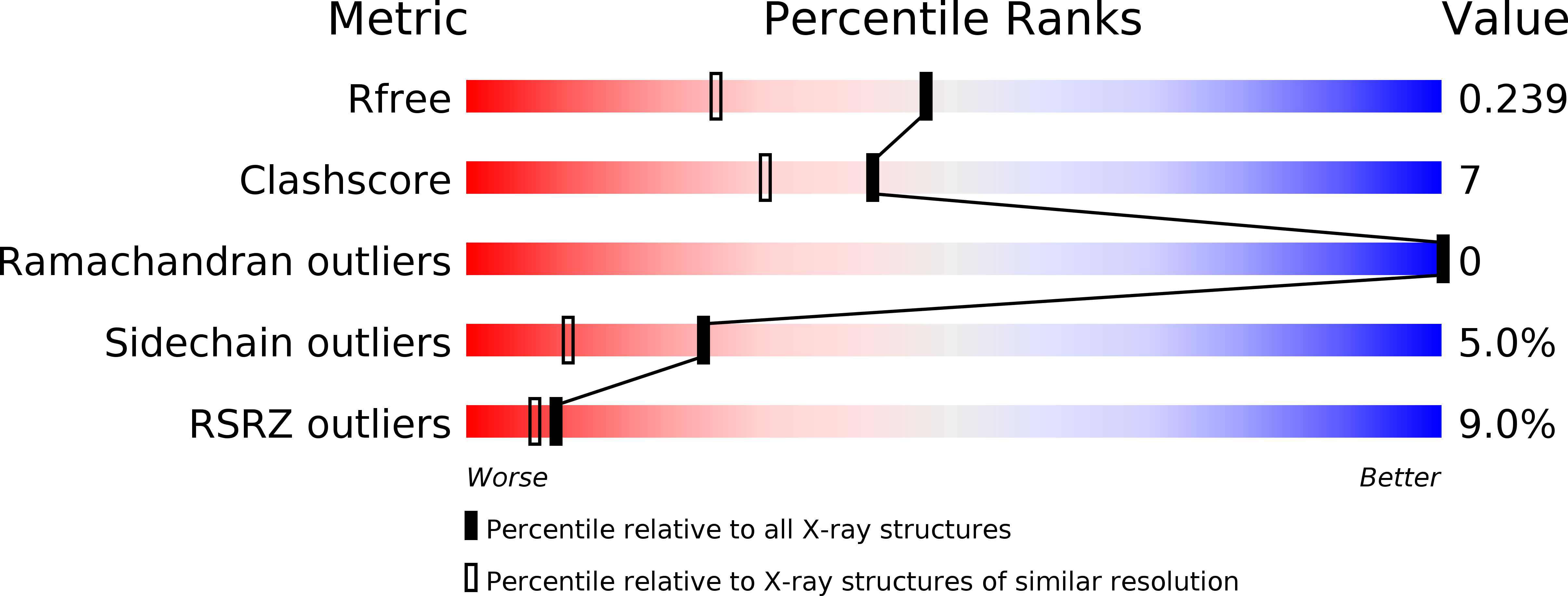
Deposition Date
2006-10-26
Release Date
2006-11-28
Last Version Date
2024-03-13
Entry Detail
PDB ID:
2E1N
Keywords:
Title:
Crystal structure of the Cyanobacterium circadian clock modifier Pex
Biological Source:
Source Organism:
Synechococcus elongatus PCC 7942 (Taxon ID: 1140)
Host Organism:
Method Details:
Experimental Method:
Resolution:
1.80 Å
R-Value Free:
0.23
R-Value Work:
0.19
R-Value Observed:
0.19
Space Group:
P 21 21 21


